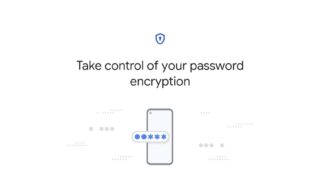Identity theft has become a menace over the decades. A 2020 study by Javelin Strategy & Research found that losses due to identity fraud reached $16.9 billion last year. Criminals are adapting to technological changes quicker than average consumers. They are also becoming more sophisticated in the ways they target consumers.
Keeping this in mind, how can you protect yourself from becoming a victim? There are a few simple steps to stay secure.
Contents
Use fraud protection services

Fraud protection services provide monitoring services and insurance plans to help mitigate the risk of identity theft. Credit monitoring alerts you when any activity on your credit report takes place. In the event of any suspicious activity taking place, you are notified and can take steps to quickly address the issue. Insurance plans protect you financially in the unfortunate event of you becoming an identity theft victim.
Be wary of phishing attacks
Fake emails that look legitimate can have links to malicious software to download spyware and malware. The thief can use this software to access your computer and send your personal information to a remote computer. The criminal can use this information to carry out identity theft. Never open any suspicious-looking email.
Use only secure web connections
It can be appealing to browse the web while having a cup of coffee in a cafe. But, keep in mind that a lot of public Wi-Fi connections are not encrypted. Tech-savvy criminals can view and exploit information that you access. Use a VPN to connect to the internet in a public location. Try not to access your bank account or make an online payment using an insecure internet connection.
Protect yourself online at home
Take steps to update your computer operating system software regularly. Install licensed antivirus software in conjunction with a firewall. If you have a home wireless network, then encrypt it to ensure that it is secure. Use your credit cards and debit cards only on websites that offer secure transactions, i.e., make sure that there is an “HTTPS” instead of an “HTTP” before the URL
Enable two-factor authentication
Two-factor authentication is a security mechanism where users provide two separate authentication factors for verification and access to their online accounts. It makes it more difficult for criminals to access user devices and online accounts since just knowing the user password does not give them access.
Be careful of what you post on Social Media
Oversharing your information on social media can let criminals get access to your personal information. Turn off geotags on posts and photos that you upload on Instagram or Facebook. Do not share details of an upcoming vacation as that may leave you vulnerable to a burglary. Before you post any photos online, check to ensure that you are not sharing any personal information like your address, date of birth, or your phone number. Access to such information can allow criminals to try and steal your identity.
In summary
By following the steps above, you can reduce the risk of identity theft. However, if you do become a victim despite these precautions, you must act immediately. Contact all financial institutions that you have a relationship with and file a report with the police.



